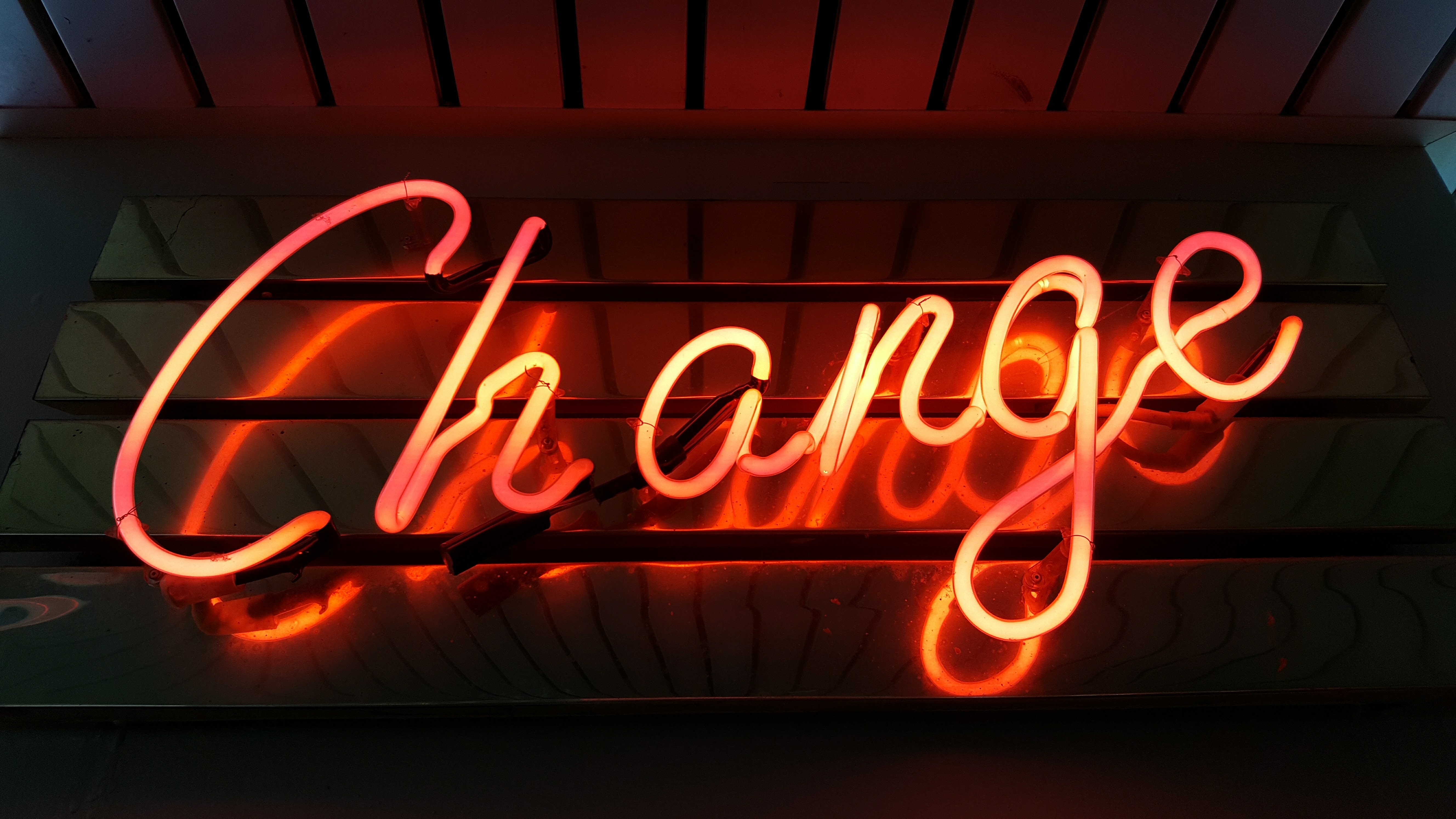All habits were not created equal.
Some started when you were a kid. Some begin in adolescence from peer pressure. Others creep up in adulthood. And some, sadly, are handed to us without our permission from generations past.
The good news, however, is that when you are ready, set, and willing to stare down whatever is annoying you, you can, yes, you can, get them out of your psychology and neurology and make room for things that will make you happier, healthier, and wealthier.
Here’s great advice from author Charles Duhigg from his book The Power of Habit.
Take it one step at a time.
Let me use the example of what just about everyone I know deals with at some point in life, weight. Think of the word diet. What comes to mind? For most it’s about bland food, no wine, deprivation, and disappointment.
Images of roller coaster and yo-yo’s, come to mind. Visions of celebrating weight loss and lamenting weight gain, again and again and again swirl before your eyes.
Now back to Duhigg’s suggestion. Take it slow and easy.
I suggest you take your food revolution, (just get the word diet out of your vocabulary) food type by food type. Maybe start with sugary fruit juices and soft drinks. Just tackle that for a month, or two. Then add one more food. Maybe its cake or cookies. Finally say bye to bread. By then your body and the part of your brain that kept yelling out for junk will have calmed down.
Next, how bout your behavior pattern of being a clown in staff meetings. You know, when there is tension in the room, you have been the one to take over with a joke to decrease the stress.
Just focus on that. Don’t worry about every way you respond to everyone at work. Just pay attention to how the clown in you shows up during meetings. Bite your lip, scribble on a pad of paper, tap out emojis on your smart phone. Do anything but tell a bad joke.
By the end of a month you’ll begin to wonder why you took the role of clown that wasted so much of your energy.
Keep a journal. Note how hard it is to keep your mouth shut when stress hits the hot button. Jot down how you feel during and after the meeting. You can do it. You can change your bad habits and wrestle down your ugly patterns. As Duhigg and I suggest, one at a time.
On average, it takes from one to three months for a new behavior to take place of the old, nasty one.
And don’t worry about messing up now and then. Just keep going. The more you keep the goal of change in your mind the better the chances of getting there.
The change model for success I have developed is in four parts:
- You are excited and challenged about making positive changes.
- You realize it’s tough and think the old way is really just as good.
- Someone helps by pointing you toward the goal and giving a push
- You despair again, yet have the courage to keep moving forward.
That’s it. You just keep going during the moments of self-doubt. You keep the goal in front of you. You talk about it, you put a smattering of visuals around to remind you, you take deep breaths and feel it in your body.
Remember, there is no instant fix. Think in months not minutes. You will be training your brain to behave the way you want. Changing habits and patterns is a process, not an event.
Originally published at Inc

